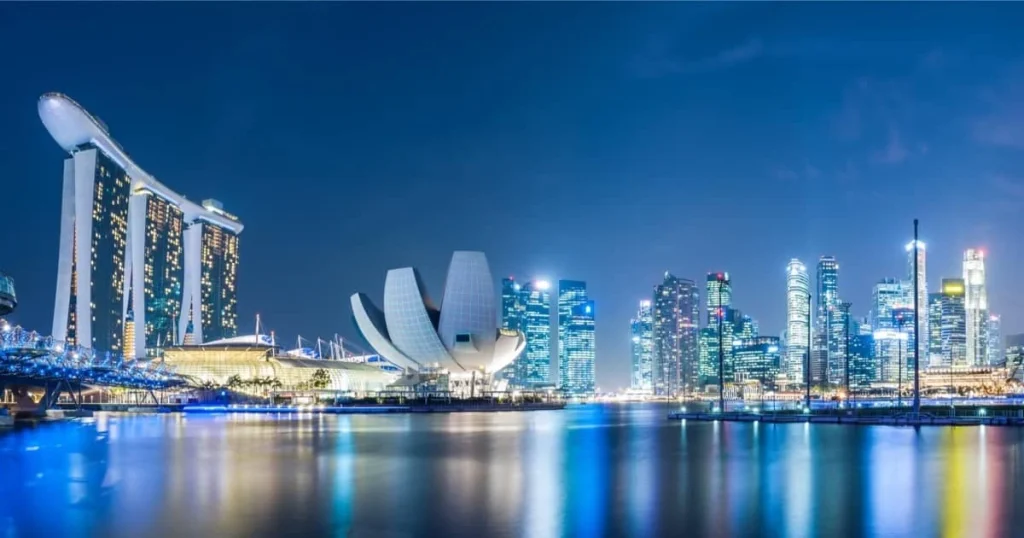Southeast Asia is rapidly emerging as a global hotspot for smart city innovation. Fueled by growing urban populations, digital adoption, and regional investment, cities across the region are transforming into interconnected, tech-powered environments designed to improve quality of life, drive sustainability, and stimulate economic growth.

What Defines a Smart City?
A smart city integrates digital technologies into public services, infrastructure, and urban planning to create efficient, responsive systems. This includes everything from intelligent traffic systems and energy-efficient buildings to data-driven public safety and digital citizen services.
Leading Innovation Hubs
- Jakarta – Indonesia
Through its Jakarta Smart City initiative, the capital is investing in AI-powered traffic monitoring, open-data platforms, and digital citizen engagement to reduce congestion and enhance transparency. - Singapore
A regional pioneer, Singapore continues to lead with its Smart Nation initiative — focusing on cashless payments, urban mobility, and sensor-based public health systems. - Ho Chi Minh City – Vietnam
With strong government backing, the city is piloting smart energy grids, IoT-powered waste management, and 5G testbeds. - Kuala Lumpur – Malaysia
Driven by public-private collaboration, KL is focusing on smart transport networks and real-time data analytics for city planning.

Challenges and Opportunities
Smart city development faces hurdles — including data privacy, cybersecurity, funding gaps, and integration of legacy infrastructure. However, Southeast Asia’s strong mobile-first population and young tech-savvy workforce make the region a fertile ground for rapid growth and innovation.
The Road Ahead
By 2030, it’s expected that over 100 million people in Southeast Asia will be living in urban areas defined by smart technologies. As innovation hubs multiply, collaboration among ASEAN governments, startups, and global tech firms will be essential to ensure that smart cities remain inclusive, secure, and scalable.
Southeast Asia isn’t just catching up — it’s setting the pace.
